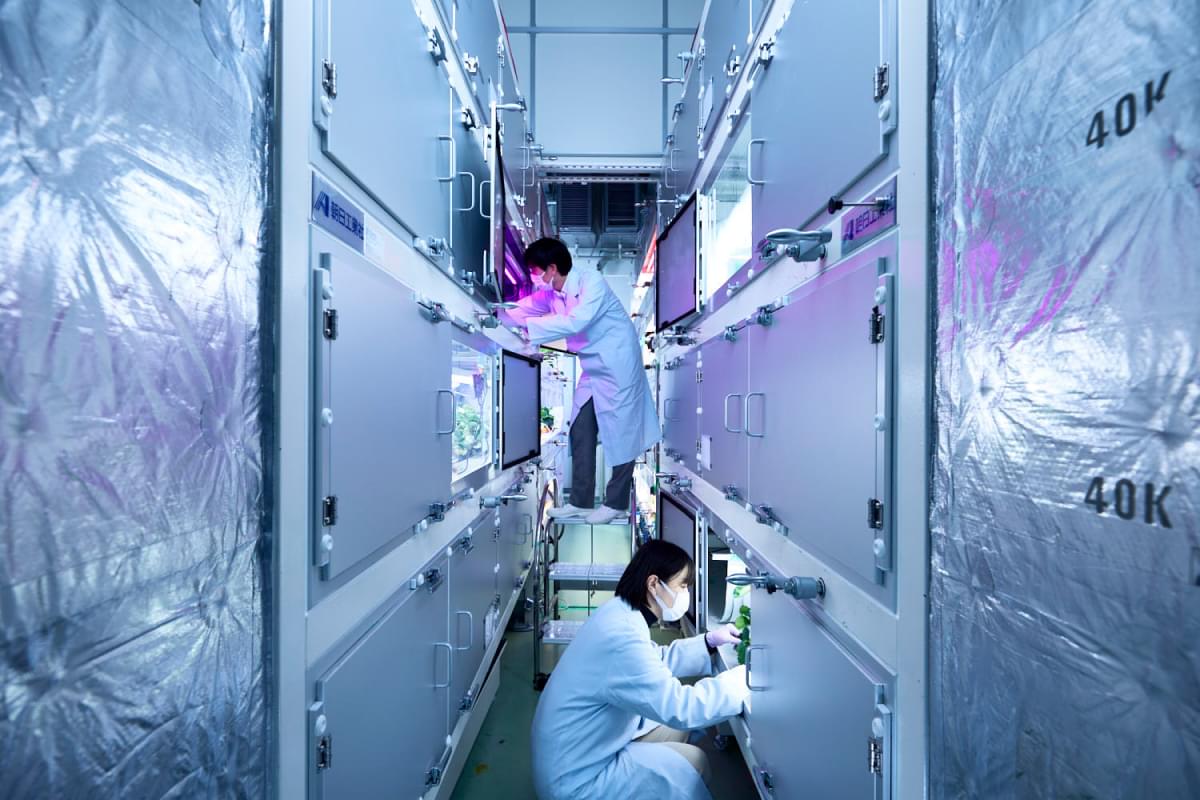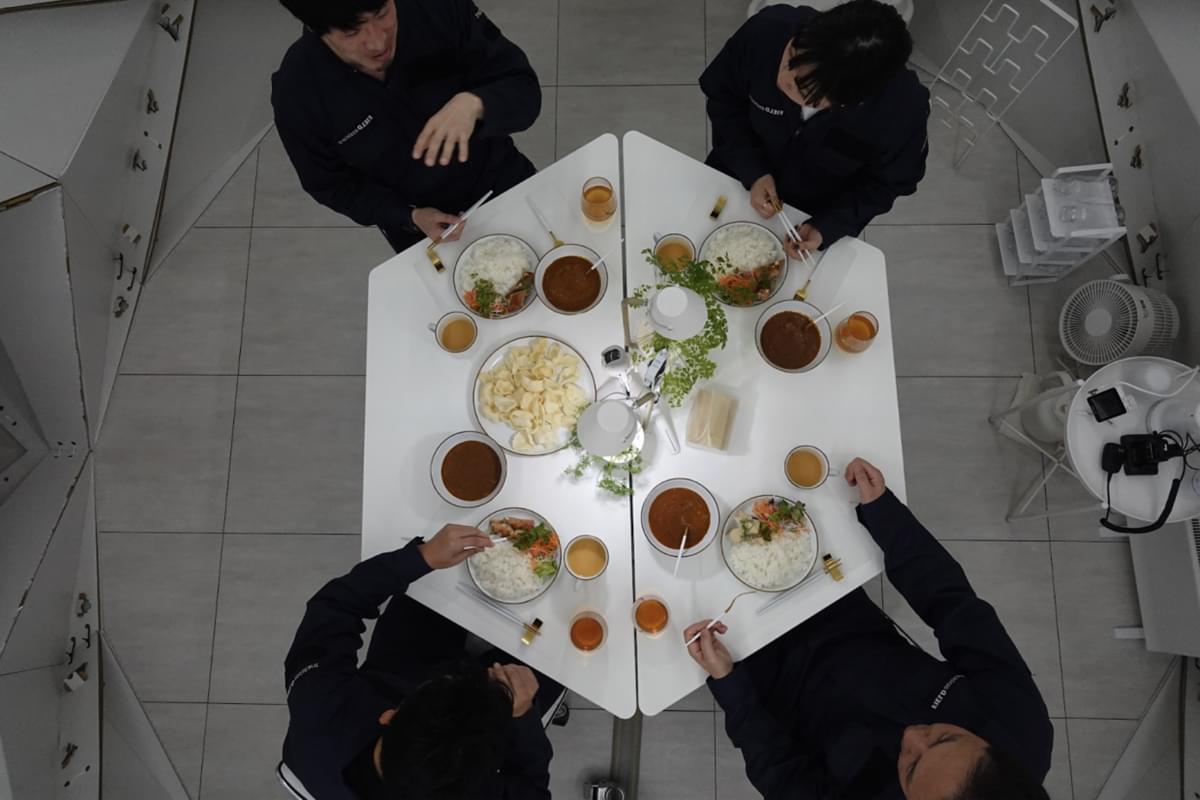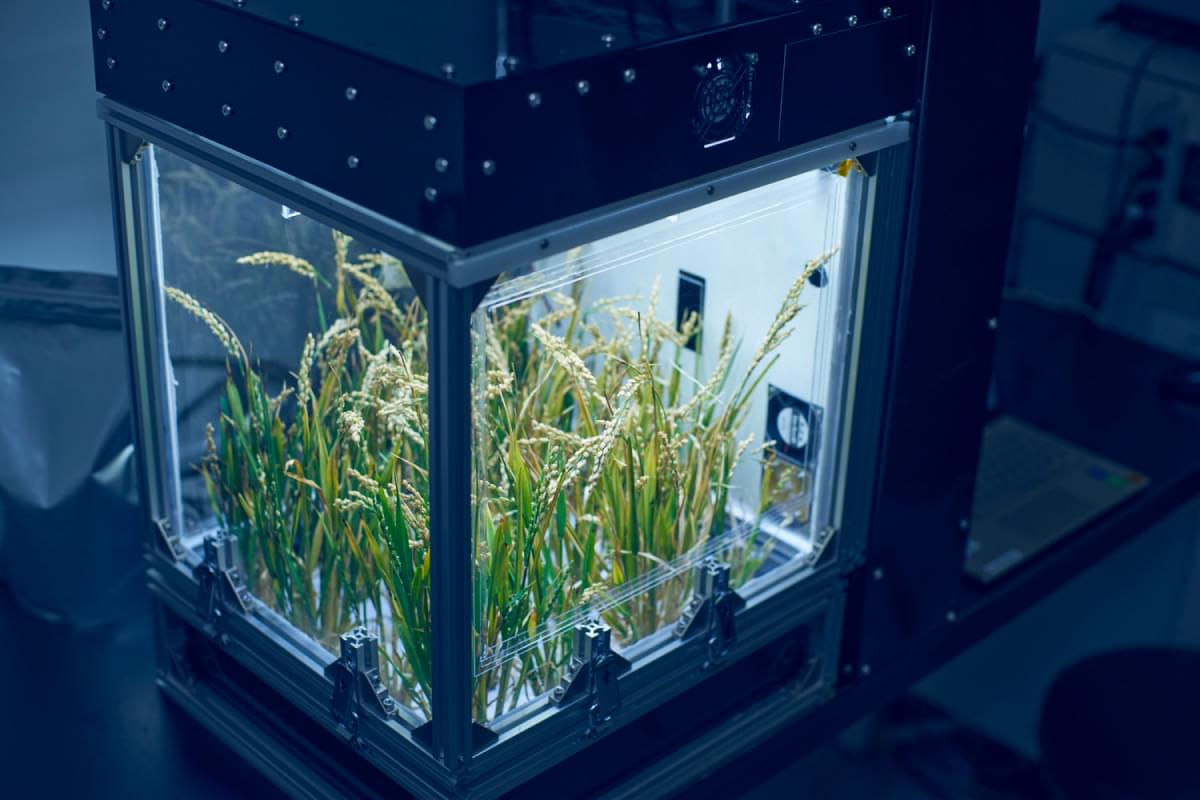Development of higher plant production systems

Development of artificial soil using lunar resources as well as the development of crop productivity improvement measures that combine breeding and growth control technologies, to be conducted on 8 core crops.
- Chiba university
- Plantx
- TOWING
- NARO
Development of higher plant varieties

Make full use of plentiful genetic resources and genome manipulation technologies among other methods to develop tasty, nutritious, new crop varieties as well as to utilize limited cultivation spaces to create the most efficient food sources possible.
Development of lab-grown food production systems

Development of an algae cultivation system using by-products of waste treatment as well as the development of cell culture-based meat production technologies.
- Euglena
- Tokyo Women’s Medical University
- Integriculture
Development of resource recycling systems

Development of a system that converts waste into inorganic nutrients while recovering the three major fertilizer elements (nitrogen, phosphorus, and potassium), then supplies/utilizes them as nutrients suitable for plant and cultured food production.
- Osaka Metropolitan University
- NARO



